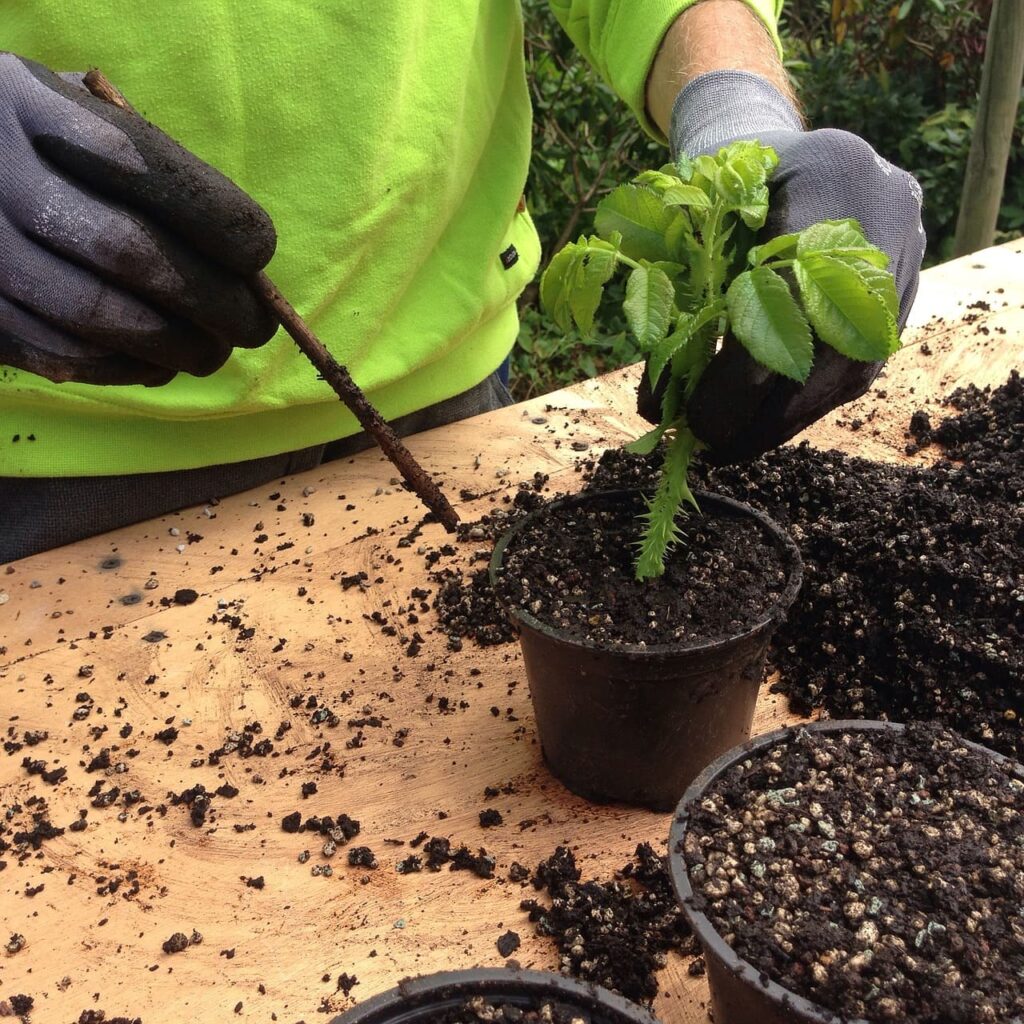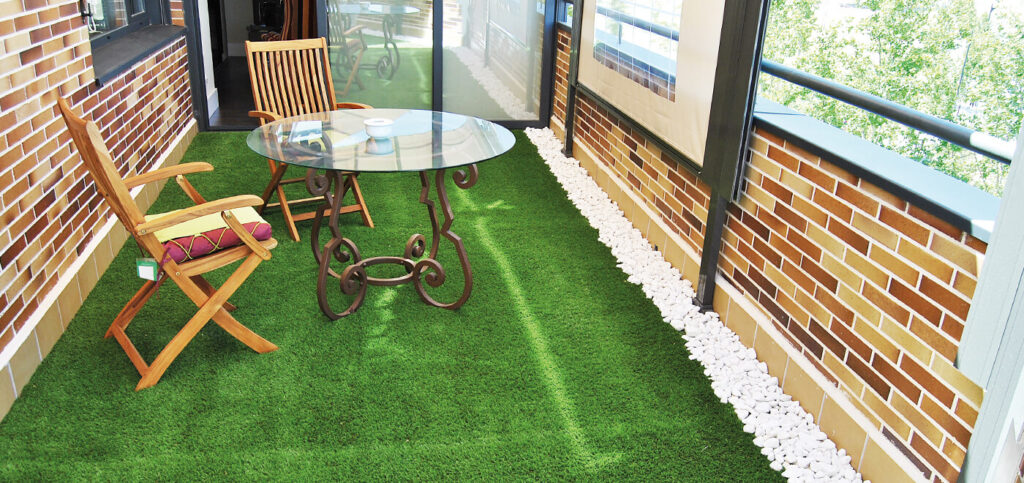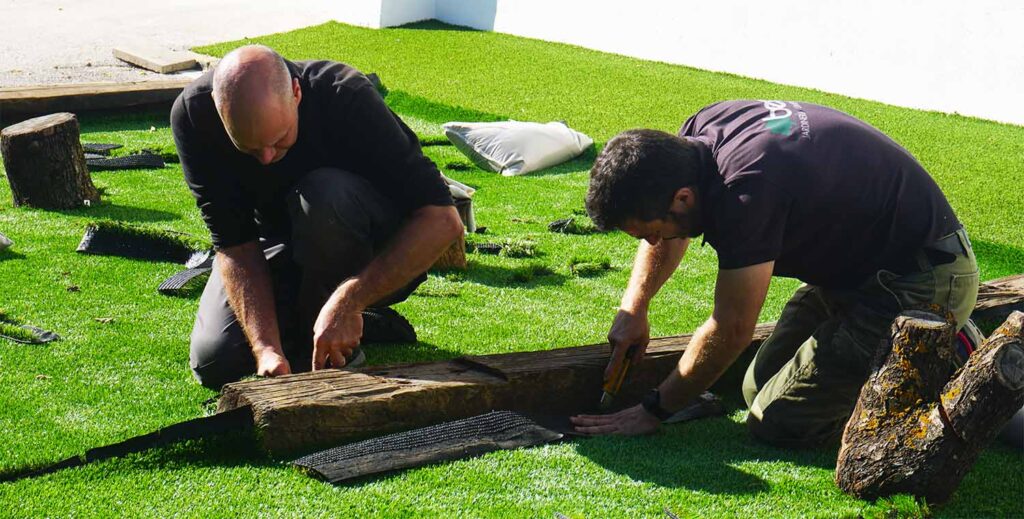Today’s article is dedicated to a widespread practice in gardening: cutting or planting cuttings. With this technique we get to reproduce, as much as we want, the plants in your garden; then the basic question is: How to make a cutting?
What is a cutting
If we look up the term scion in a dictionary the definition we get is: “stem, branch or shoot of a plant that is grafted onto another or introduced into the soil to reproduce or multiply the plant”.
Consequently, a cutting allows us to obtain new plants from those we already have in our garden without having to buy and sow seeds.
Although the general concept is simple, in practice it is important to know a number of particularities that ensure success. We discover some of them below.
When to cuttings
The best time to cuttings are the spring and autumn seasons. In these seasons temperatures are milder and humidity is optimal.
It is very important to make a clean cut of the branch, stem or shoot of the mother plant. To do this, we use sharp, pointed pruning shears that are sharp. This way, the cutting does not break or crack.
A word of advice: in gardening, it is advisable to always work with gloves to protect our hands from possible cuts or scratches.
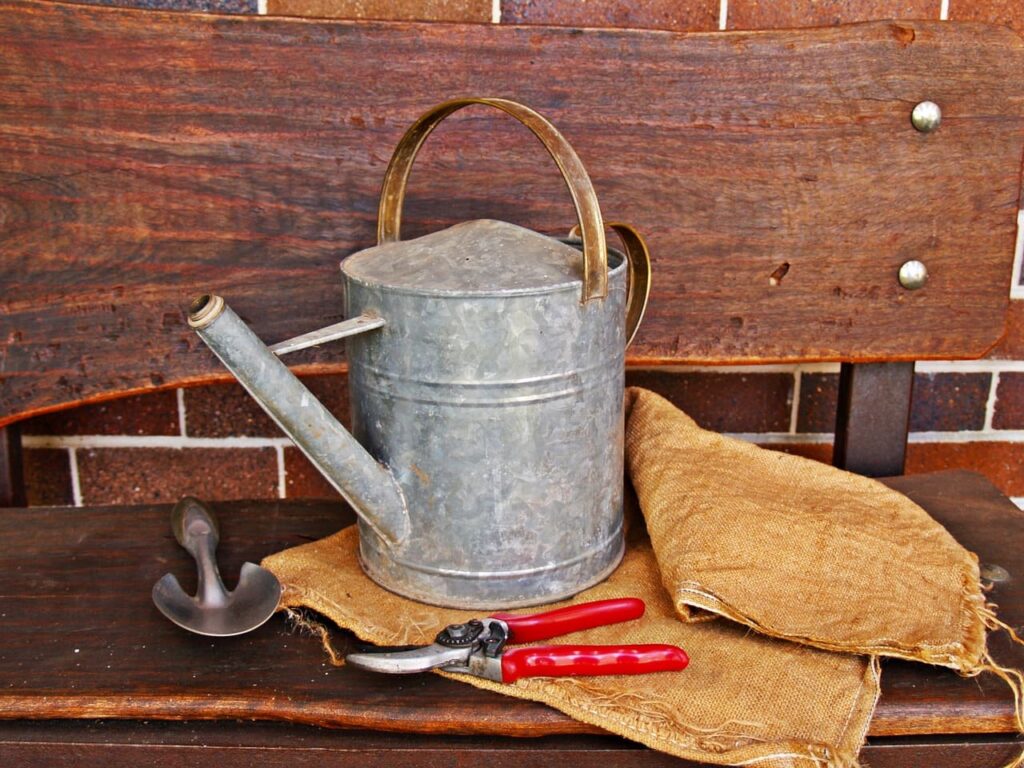
Plants, shrubs and trees for making a cutting
Before making a cutting it is important to know that not all plants can reproduce through this technique. We will tell you which ones are most commonly used.
There are many plants and shrubs that accept this practice. Among them we highlight: geranium, California poppy, money plant, rose, lavender, begonia, poto, sage, ficus, hibiscus, bougainvillea, camellia, laurel, magnolia or rosemary.
To make cuttings of tree species, the most commonly used to reproduce the specimen by cuttings are willow, heather and birches. You can also make cuttings of fruit trees, but to get the first fruits you must wait several years.
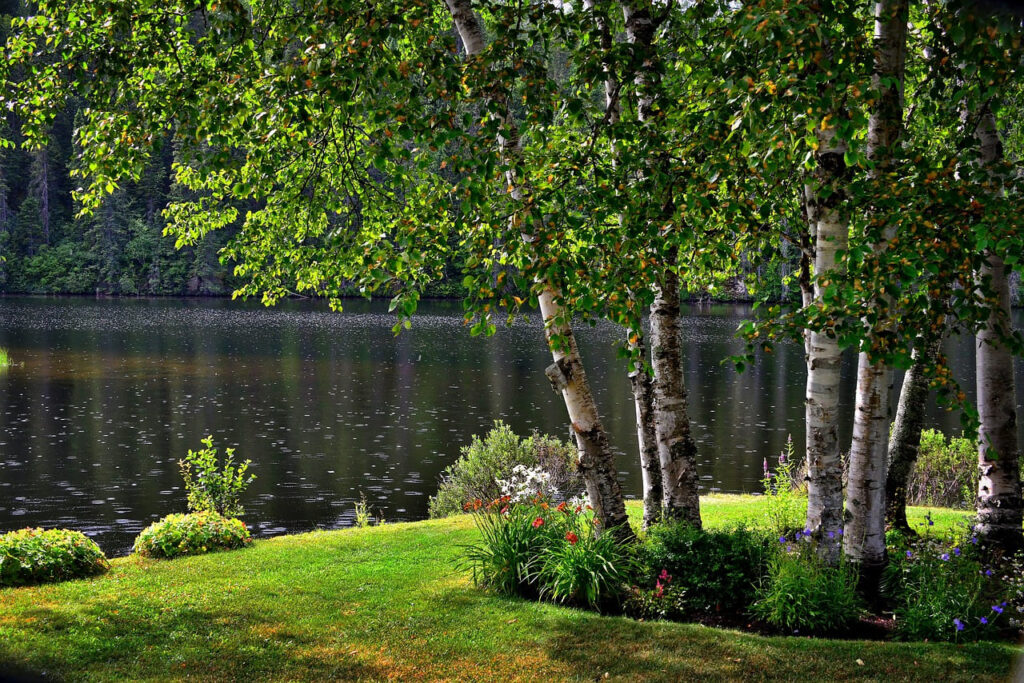
Cutting step by step
Once we have chosen the plant or plants we want to reproduce by cuttings, we can start the cutting process.
Step 1: Cutting a piece of the mother plant
There are three main types of cuttings: stem, leaf or root.
The most commonly used are stem cuttings or branch cuttings. They consist of cutting a piece of stem from the mother plant of about 10-15 cm approximately and that is above one node and below another.
For cuttings of woody species it is better to cut slightly larger pieces. They can be up to 30 cm long.
We must make sure that it is a part of the stem that is flexible and in good condition. The cut at the base should be horizontal and the cut at the tip of the cutting should be diagonal.
Step 2: Treating the cutting to develop roots
Once the cutting is obtained, the next step is to treat it so that it takes root (root growth).
First, remove the lower buds to reduce energy expenditure. Once eliminated, introduce the cutting in a jar with water or plant it in a pot or in the definitive place where we want the new plant to grow.
To make the process faster we can add some fertilizer to the water. If we choose to plant it, it is necessary that it is done in a substrate rich in organic matter that is always moistened.
Avoid direct sunlight on the cutting. It is better to place it in semi-shaded areas.
Step 3: Planting the cutting
In the case that we have introduced the cutting in a jar with water we must observe if the cutting already has the root. If so, it is time to plant it.
If we have planted it in a pot we can tell if it has rooted by pulling it slightly. It is ready to transplant when you notice some resistance when you pull it.
